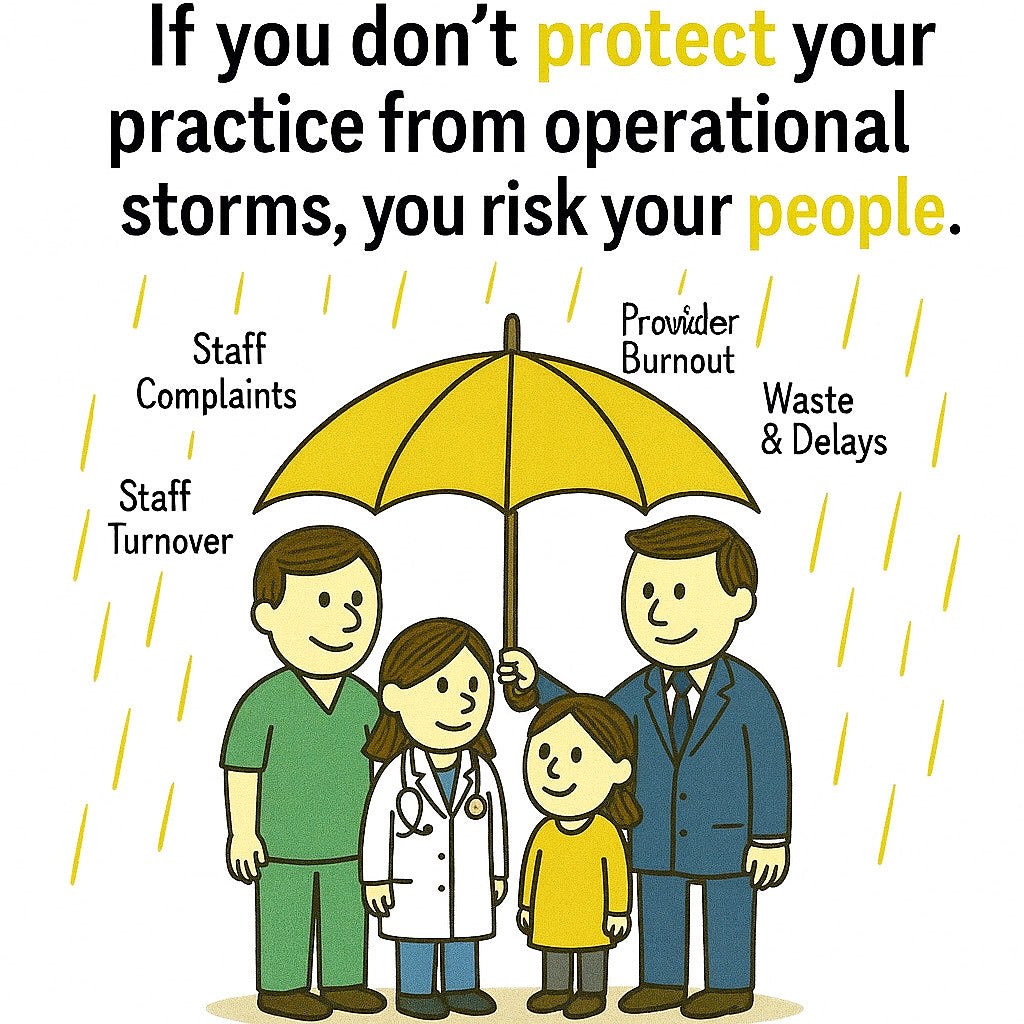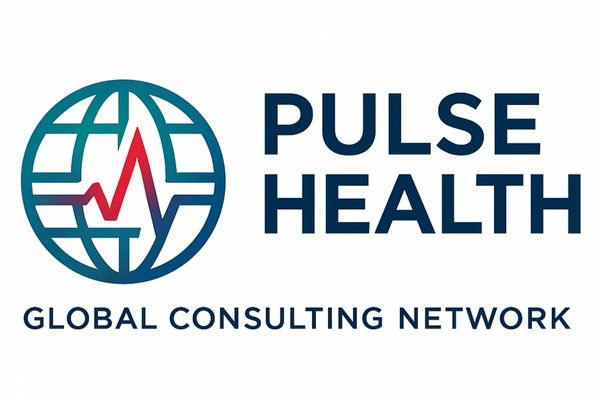
Protect your people, protect your practice. 💛
Share
Protecting Practices, Protecting People: Why Operational Challenges Can’t Be Ignored
Healthcare delivery in the U.S. is facing mounting operational storms—staff turnover, provider burnout, patient complaints, and systemic waste & delays. While these issues may seem administrative, their impact reaches far deeper, shaping the quality of patient care, financial stability of practices, and long-term community trust.
As a Doctor of Public Health, I view these challenges not just as management concerns but as public health issues. When operational inefficiencies erode care quality, patients suffer, providers disengage, and communities lose access to equitable, reliable healthcare.
The Evidence Behind the Storm
A 2021 study published in JAMA Health Forum examined the consequences of healthcare worker turnover and burnout, finding that high turnover rates were associated with reduced patient satisfaction and increased medical errors (Shanafelt et al., 2021). The study underscored that provider well-being is directly tied to patient outcomes — a reminder that workforce health is community health.
Similarly, a 2022 report in Health Affairs highlighted that systemic waste (such as duplicative services, delays in care, and inefficiencies in billing systems) costs the U.S. healthcare system an estimated $760 billion annually (Shrank et al., 2022). These inefficiencies drain resources from patient care, intensify staff frustrations, and create inequities in access.
Public Health Lens on Practice Management
From a public health perspective, protecting healthcare practices from these operational storms is not optional — it’s essential for advancing health equity and improving outcomes. Every instance of provider burnout or delayed care represents a missed opportunity for prevention, continuity, and trust-building within communities.
Solutions must go beyond “band-aid” fixes. Strategic investment in workflow redesign, digital health integration, and people-centered leadership creates resilient systems where both providers and patients can thrive.
Moving Forward
The takeaway is clear:
- Protecting practices means protecting people.
- Operational challenges are public health challenges.
- Evidence-based strategies must be deployed at the organizational and policy level to mitigate waste, support providers, and ensure equitable patient outcomes.
For healthcare leaders, the call is to recognize that addressing burnout, turnover, and systemic inefficiencies isn’t only about sustainability — it’s about safeguarding the health of our communities.
By: Dr. Darnell L. Braynen-Blake, DrPH, MBA-HCA
Founder & Principal, Pulse Health Global Consulting Network
References
- Shanafelt TD, et al. “Physician Burnout and the Health Care Workforce.” JAMA Health Forum. 2021;2(10):e213701.
- Shrank WH, et al. “Waste in the US Health Care System: Estimated Costs and Potential for Savings.” Health Affairs. 2022;39(11):1919–1926.
